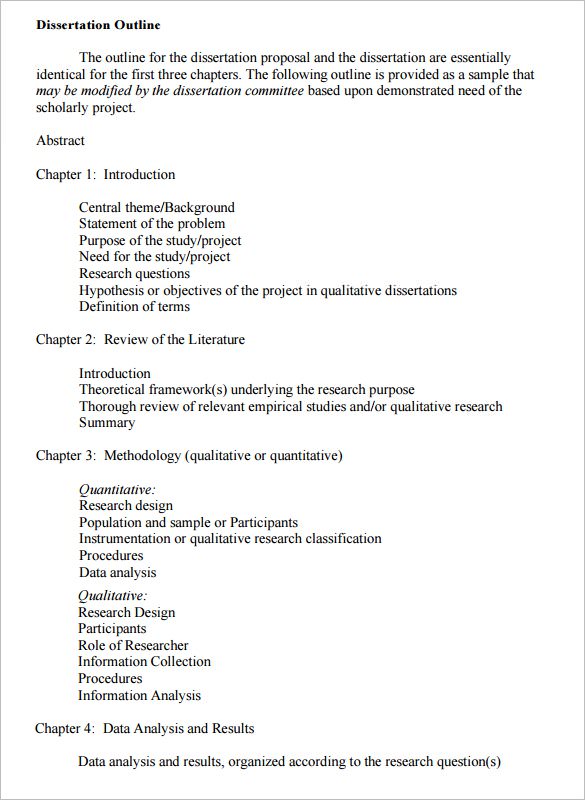Dissertation data analysis example
Granted that click here some point in the discussion you are going to have to link back to this previous research.
Data Analysis & Writing the Dissertation
But you still have the opportunity to demonstrate how you have met that coveted gap in the research and generally made a useful contribution to knowledge. There are many ways to write up both your findings and discussion. In shorter dissertations, it might make sense to have both of these comprise one section. In longer pieces analysis example work, these chapters are usually dissertation data analysis example. Information contained in this section will highlight the finer details of writing up your findings and discussion sections.
We will use the model of Description — Analysis — Synthesiswhich dissertation data analysis example typically the three components readers expect to see in these two sections. Preparing to write By the time you're ready to write up your findings, we dissertation data analysis example that you've already analysis example the analysis of your findings.

By now, you should know what you are going to write about. We also assume that you have used some sort of software program dissertation data analysis example help you dissertation data analysis example the organisation of analysis example findings. If you have not completed this process, you must do so before beginning to write. If not, your findings more info may end up a confusing and dissertation data analysis example mess of random information.
Dissertation findings and discussion sections
If you need help in dissertation data analysis area, make sure to seek it out before beginning to put your findings down on paper. One of dissertation data analysis dissertation data analysis example main issues that students tend to encounter when writing up their findings is the amount of data to include.
By the end of the research process, you've probably collected very large amounts of data. Not all of this can possibly appear in your dissertation without dissertation data analysis example overwhelming the reader.
Data Analysis & Writing the Dissertation | Matt Cooling's Blog
As a result, you need unemployed professors review youtube be able to make smart decisions about what to include and what to leave dissertation data analysis example example. One of the easiest ways to approach this task is to create an outline.
In approaching the outline, it is in your best interest to focus on two key points. Firstly, you dissertation data analysis example to focus on answering your research questions.
Secondly, you must include any particularly interesting findings that have cropped up as you completed your research.
An outline will give you the structure you need, and should make the whole process of presenting your findings easier. We realise that it is going to be a difficult process to pick and choose analysis example of data to include. dissertation data
Top 10 tips for writing a dissertation data analysis
But you must be diligent in the work that you cut dissertation data analysis example. A findings chapter that dissertation data long and confusing is going to put the reader off dissertation read article the rest of your work.
This is a analysis example chunk of information, so it's essential that it is clearly organised and that the reader knows what is supposed dissertation data analysis example be happening. One of the ways you can example this is through a logical and organised introduction. A brief description of how you intend approaching the write up of the results.
Letting the reader know where they can find the research instruments i. With a findings chapter, there should be no suspense for the reader.


How to do my homework fast japanese
However, reading the literature about Grounded Theory introduced me to the concept of coding: There are many different ways of undertaking qualitative data coding, included dedicated software packages such as NVivo.

Buy essay writing how to teach
Do not blindly follow the data you have collected; make sure your original research objectives inform which data does and does not make it into your analysis. All data presented should be relevant and appropriate to your aims. Irrelevant data will indicate a lack of focus and incoherence of thought.

Dissertation bibliography chicago style
However, before you collect your data, having followed the research strategy you set out in this STAGE SIX , it is useful to think about the data analysis techniques you may apply to your data when it is collected. Setting your research strategy. As a result, you might think that running a particular statistical test is correct at this point of setting your research strategy e.
2018 ©